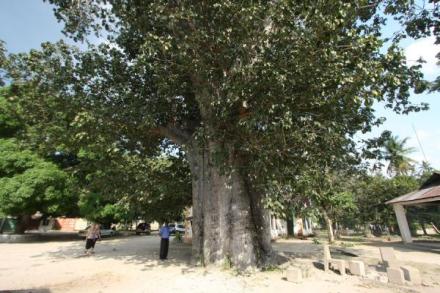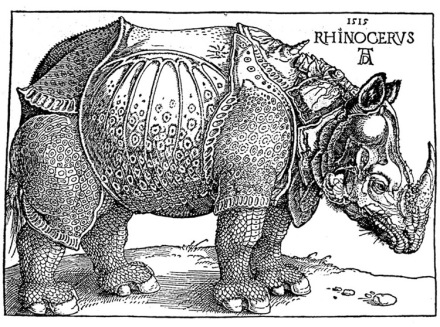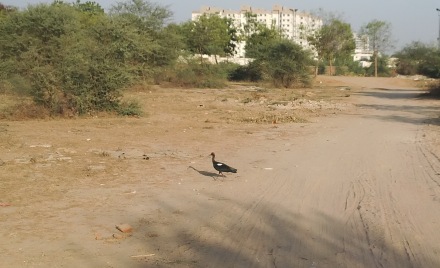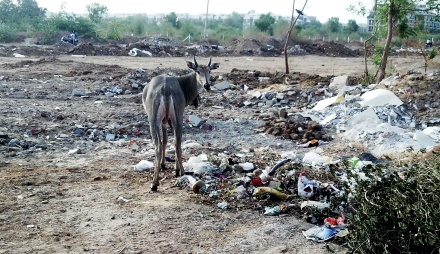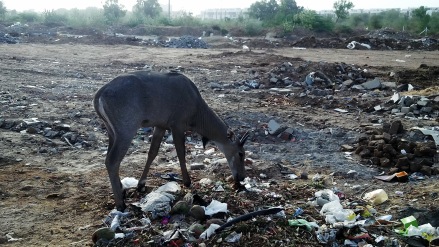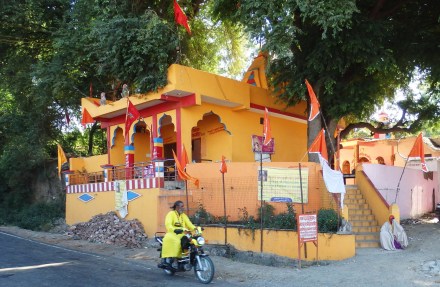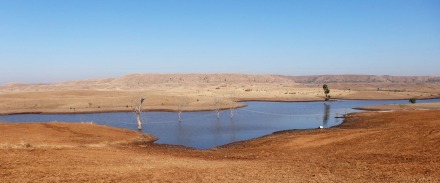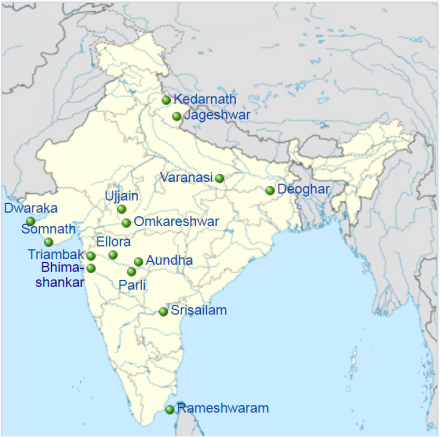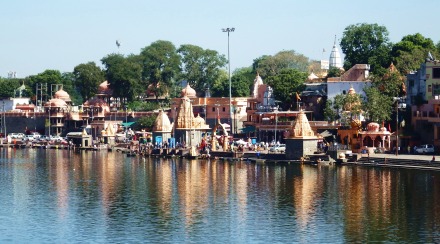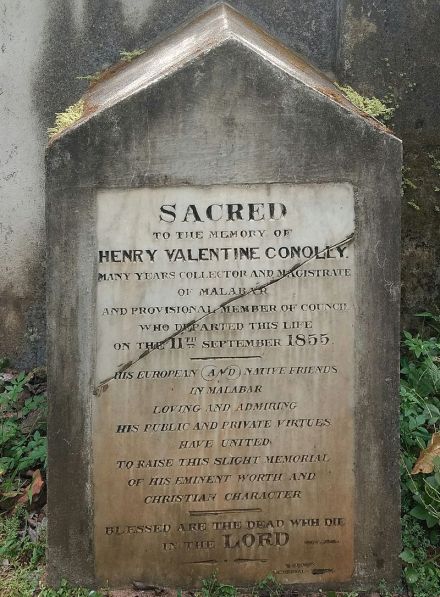The small town of Bagamoyo sits up the coast from Dar-es-Salaam, and across the channel from Zanzibar. It has remained unassuming since its birth in the late 18th century. The locals are mostly of Omani stock, who have preferred to marry across the channel rather than meld with the locals. They have their mosque, white as the sands the muezzin looks out to every morning, and live simply.
Naturally though, the main draw is not the Omani cha or the mosque, but the Mission Hospital. Also detergent white, but with poorer woodwork now, it is a more imposing building. A small church rests behind the Mission, where an African padre leads the flock in Kiswahili, as and when the mood suits him. More often, he can be found closer to the shore, poring over manuscripts in the small museum. The museum has large bay windows, and it is the habit of the priest to always carry his Bible with him, hugged tightly to his chest, as he walks from the church, past the tree, to the museum. He says he is trying to separate the wheat from the chaff – underspeak for trying to identify which bastard in his flock has some Omani blood in him. But really, he is only trying to forget the tree.
When the tourists arrive, and more often now, as the winds have turned to the dry, they do not see the town. They see picture postcard snaps of tropical delights; they see a quiet populace trying hard to catch up with each bus load. They even smell the Hard Pear trees when in full bloom. The tour guide shoos the urchins away, hating to have his tip-ridden spiel interrupted by these wretched curs. But he curses at them quietly, because even he, with two wives and seven children, knows the beauty of Bagamoyo is just an illusion. Slowly, the group winds its way past the Mission, past the church, past the tree, until they reach the open courtyard behind the museum. And there, along with the priest at the window, they gaze at the posts and chains that still mark Bagamoyo – once the slave trade capital of the world.
A knowledge reinforced with unintended bureaucratic understatement, by the small blue sign on the wall of the museum entrance: “This building was once the headquarters of the slave traders during the 19th century”. Read the sign on the wall, turn around, and you face a hardwood tree. Walk up to the tree, step across the white stone markers, bend down, and you will see two links of a stout iron chain jutting out of the trunk. This is the story of the chain in that tree.
**************
The young Englishman was glad to see the Indian Ocean again. Standing about a furlong south of the traders’ courtyard, he was far away enough to not hear the pitiful bleats of the slaves as they were whipped and then chained onto their posts. He had spent a year hearing those cries, as he led a thousand Chagga eastwards from the slopes of Kilimanjaro to the coast. They had battled malaria, typhus, and malaria again, the Chagga of course in chains, as the unwieldy, sickening mass clinked and clanked its way to Bagamoyo. One fierce black fellow had been particularly truculent, even biting off the ear of an Indian handler, and the young man, son of a Surrey tea trader, had been forced to beat the slave into submission.
Man? His ruddy jowls quivered in mirth at the thought. He was only 22. He had been too young to be one of Bentinck’s pages, the honour going to his elder brother, and had instead been sent off to apprentice with an uncle on his mother’s side. Someone, they said, who was something in the other trade. The uncle saw purpose in the teenager’s eyes, and shipped him off to Zanzibar. By the time the traders’ tavern had hoisted its first round to the new virgin queen, he had already done one tour into the hinterland.
Now, standing at the beach, he was a veteran of four slave marches. This one had been the worst, the veteran decided, and spat into the sand in disgust. That wretched black brute had cost him not just his best handler, but a minor mutiny amongst the other handlers, which he had had to put down with promises of cotton bales upon arrival at the coast. Uncle would not be pleased.
The lulling rhythm of the waves had calmed him enough to think of his mother, and he was contemplating a pile of tobacco into his left hand, when he saw the youngest Indian handler racing down the beach towards him.
“Sahib! Come fast. The brute has bitten someone again”. The scion of Surrey cursed roundly, and ran towards the courtyard, the tobacco falling onto the sand. He raced in and saw four men – two large Abyssinians – holding down the fierce Chagga. The late afternoon light sculpted the angular black face into even more severe features. Both men faced each other for a moment, until the Englishman drew a short staff and went to work. The purpose his uncle had seen in the young man’s eyes had long been replaced by a dull gleam, and now those eyes threw fire with every blow. By the fourth blow to the torso, the Chagga was in too much pain to moan; by the seventh, he was not even able to grit his teeth in defense. The large lips sagged slightly open, and a bright pink tongue peeped out with every fall of the staff, a small clucking sound an echo as the African drew a sharp breath each time. And then the staff began to fall higher – the arms, chest, shoulders – until with one mighty thwack, the rod descended onto the bridge of the nose. The Chagga passed out, his already blunt nose twisted to one side. The Englishman threw the staff down with a grunt and the Abyssinians hauled up the broken lad.
“Sale is too good for him”, the young slave trader remarked, “Chain him to the tree”. And there the young tribal lay, without food or water. And every morning, as the young trader passed the tree to his work in the trading building, their eyes would meet. The dull gleam would only see a slightly-dazed look coming out of still-hooded eyes, and those pitch black eyes in turn would meet a hurried stare.
In a few weeks, the Englishman settled his accounts in Bagamoyo, and sailed for Bombay. Uncle had decided that with slavery not being the flavor of Victoria’s court presently, his investments were better served by supporting Viscount Melbourne’s desire to refit the Army in the wake of Cabool. Well, timber and guns were better than slaves, the young man thought from the high seas – at least they didn’t bite.
He would have taken a commission with Nicholson, but for a chance encounter with a young lady in Bombay. Marriage came faster than courtship, and he found himself six months later, bound for Lourenco Marques, the proud landlord of hectare upon hectare of sugarcane. Dreary details, best forgotten now, would advice us that the young lady in question was one of the De Santos daughters; Portuguese by birth and fashion only, but with equally large holdings in both southern India and Mozambique.
For a full fifty years the Englishman from Surrey used his slave-tending skills to great and profitable advantage. Enslavement without slavery, he’d roar at the planters’ bar, drawing loud guffaws from others of his ilk. And with each toast, he would try to think less of the young Chagga tribal he had left chained to the tree. Justifications, explanations, absolution – he had it all. Sunday prayers surely saw to that. Why else would he pause just a moment longer than others at the Vestry, for a quiet word with the clergyman from Tavira? Good men become better with the word, he was told; and the young become good with age, he told himself. After all, we only lived in this world as taught. Thank you Uncle.
*******************
Never having left the antipodes since he first arrived, the man from Surrey decided that with his wife’s recent death, he wanted to breathe his last in the confines of his childhood home. So the whole paraphernalia of departure was set in motion, and the old man set sail up the coast with most of his family on board. A new canal had opened, they said, and he was looking forward to crossing the waters of Nelson’s first victory.
A week into the journey, they dropped anchor at a cove for re-victualling. The old man, leaning against the boards, froze as he recognized the building on the shore. It was in ruins, the roof caved in, and empty posts pottering the vast courtyard. From the ship he could see that most of the Mission building was shrouded by a huge tree. That tree? Could it be? Perhaps….African hardwoods are known to grow fastest in both height and girth in their teens. And it was now a half century.
Lips pursed together, he negotiated himself into a row boat he had called for and was brought to shore. Dozens of his entourage followed him in long boats, parasols and dainty frillwork all. He had not spoken a word since they reached the cove, and now, as he walked up the sand, friends and family members kept a slight distance. The planter’s fury was known to have no limits, they had heard. But such an affable chap at the bar; well, duty first and all that, what?
He walked towards the tree. Four men could not have linked hands around its trunk. He began to stoop as he reached its base, groaning slightly at the exertion. Left hand holding silk kerchief to quivering mouth, right hand splayed out for balance, he looked at the three links in a chain that seemed to grow out of the tree trunk. He dropped to his knees, and the renewed balance allowed him to look around. An African in white robe, cummerbund and keffiyeh was seated a few feet away. He was old too, and was quietly rolling his worry beads, lips moving in rhythm, with most of his face covered by the tail of the head dress.
The Englishman, still on his knees, barked in the guttural Bantu he had learnt on his marches: “What happened to the chain?”
The old African barely moved, but he brought his eyes into contact, and quietly replied, in an equally guttural fashion: “The tree ate it, and him”.
For a moment the man on his knees turned to look at the chain links, and then, with a sharp intake of breath, fell dead on his face. As the entourage pranced and shrieked, in fear and disbelief, some darting towards the fallen man, some away, the old African quietly rose and walked towards the ruins. Worry beads still under count, he stepped into the glare of the sun, paused, and turned back to look at the fallen man. With a slight shake of his head, he wrinkled his broken nose and sighed: “Why do they never learn that Bagamoyo means – Lay down your heart”.
***************
For those of you who think this is a tall tale, make the trip to Bagamoyo. Look for the tree in front of the museum, look at the base of the tree, and tell me what you see.
